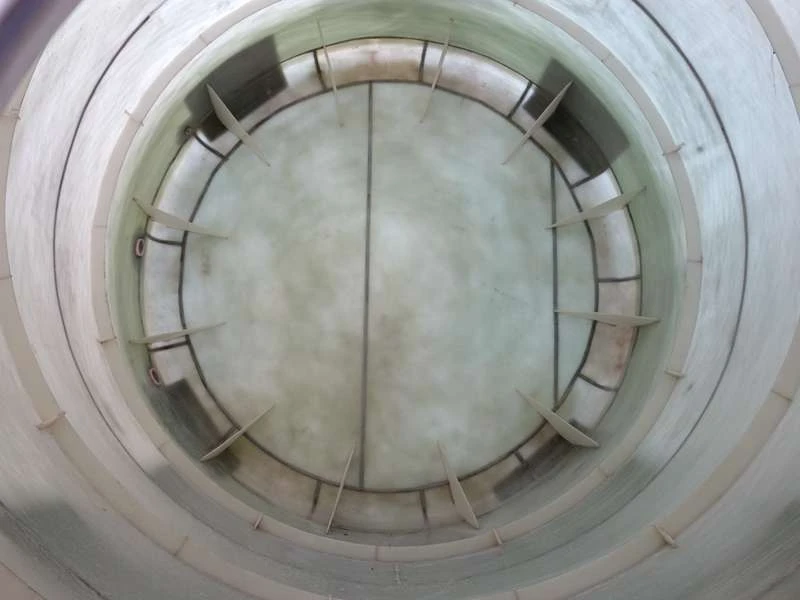
-
 Afrikaans
Afrikaans -
 Albanian
Albanian -
 Amharic
Amharic -
 Arabic
Arabic -
 Armenian
Armenian -
 Azerbaijani
Azerbaijani -
 Basque
Basque -
 Belarusian
Belarusian -
 Bengali
Bengali -
 Bosnian
Bosnian -
 Bulgarian
Bulgarian -
 Catalan
Catalan -
 Cebuano
Cebuano -
 China
China -
 China (Taiwan)
China (Taiwan) -
 Corsican
Corsican -
 Croatian
Croatian -
 Czech
Czech -
 Danish
Danish -
 Dutch
Dutch -
 English
English -
 Esperanto
Esperanto -
 Estonian
Estonian -
 Finnish
Finnish -
 French
French -
 Frisian
Frisian -
 Galician
Galician -
 Georgian
Georgian -
 German
German -
 Greek
Greek -
 Gujarati
Gujarati -
 Haitian Creole
Haitian Creole -
 hausa
hausa -
 hawaiian
hawaiian -
 Hebrew
Hebrew -
 Hindi
Hindi -
 Miao
Miao -
 Hungarian
Hungarian -
 Icelandic
Icelandic -
 igbo
igbo -
 Indonesian
Indonesian -
 irish
irish -
 Italian
Italian -
 Japanese
Japanese -
 Javanese
Javanese -
 Kannada
Kannada -
 kazakh
kazakh -
 Khmer
Khmer -
 Rwandese
Rwandese -
 Korean
Korean -
 Kurdish
Kurdish -
 Kyrgyz
Kyrgyz -
 Lao
Lao -
 Latin
Latin -
 Latvian
Latvian -
 Lithuanian
Lithuanian -
 Luxembourgish
Luxembourgish -
 Macedonian
Macedonian -
 Malgashi
Malgashi -
 Malay
Malay -
 Malayalam
Malayalam -
 Maltese
Maltese -
 Maori
Maori -
 Marathi
Marathi -
 Mongolian
Mongolian -
 Myanmar
Myanmar -
 Nepali
Nepali -
 Norwegian
Norwegian -
 Norwegian
Norwegian -
 Occitan
Occitan -
 Pashto
Pashto -
 Persian
Persian -
 Polish
Polish -
 Portuguese
Portuguese -
 Punjabi
Punjabi -
 Romanian
Romanian -
 Russian
Russian -
 Samoan
Samoan -
 Scottish Gaelic
Scottish Gaelic -
 Serbian
Serbian -
 Sesotho
Sesotho -
 Shona
Shona -
 Sindhi
Sindhi -
 Sinhala
Sinhala -
 Slovak
Slovak -
 Slovenian
Slovenian -
 Somali
Somali -
 Spanish
Spanish -
 Sundanese
Sundanese -
 Swahili
Swahili -
 Swedish
Swedish -
 Tagalog
Tagalog -
 Tajik
Tajik -
 Tamil
Tamil -
 Tatar
Tatar -
 Telugu
Telugu -
 Thai
Thai -
 Turkish
Turkish -
 Turkmen
Turkmen -
 Ukrainian
Ukrainian -
 Urdu
Urdu -
 Uighur
Uighur -
 Uzbek
Uzbek -
 Vietnamese
Vietnamese -
 Welsh
Welsh -
 Bantu
Bantu -
 Yiddish
Yiddish -
 Yoruba
Yoruba -
 Zulu
Zulu
Feb . 16, 2025 15:04
Back to list
frp weir
Fiber Reinforced Plastic (FRP) weirs have emerged as a revolutionary solution in the water treatment and wastewater management industries. At the intersection of innovative engineering and environmental stewardship, FRP weirs are becoming the preferred choice due to their durability, versatility, and superior performance. This article delves into the experiential insights, expert knowledge, authoritative applications, and trustworthy benefits of FRP weirs.
Expert opinions substantiate the growing consensus that FRP weirs are setting a new benchmark in water management systems. Environmental engineers and water management professionals commend these weirs for not only meeting but often exceeding industry standards in terms of both structural integrity and environmental sustainability. The non-toxic nature of the materials used in FRP weirs further underscores their environmental compatibility, as they do not leach harmful substances into treated water, aligning with the best practices for eco-friendly infrastructure. In terms of authority, several leading organizations support the use of FRP materials in water infrastructure projects. The American Water Works Association (AWWA) and the Environmental Protection Agency (EPA) recognize the role of advanced materials like FRP in promoting safe, efficient, and sustainable water management practices. The endorsement of FRP by such authoritative bodies reassures stakeholders about the reliability and legitimacy of these innovative solutions. Trustworthiness in the deployment of FRP weirs is also bolstered by rigorous testing and adherence to international engineering standards. Manufacturing processes are tightly controlled, ensuring that each weir meets precise specifications for load-bearing capacity and chemical resistance. Quality assurance protocols guarantee that these products perform reliably throughout their service life, further instilling confidence in water management professionals and plant operators. In sum, the use of FRP weirs in modern water management systems represents a convergence of innovation, expertise, and sustainability. Their proven track record in durability, adaptability, and cost-effectiveness makes them an indispensable asset in advancing efficient water infrastructure. For industries striving for excellence in water management, FRP weirs not only meet contemporary demands but pave the way for future advancements in the field.


Expert opinions substantiate the growing consensus that FRP weirs are setting a new benchmark in water management systems. Environmental engineers and water management professionals commend these weirs for not only meeting but often exceeding industry standards in terms of both structural integrity and environmental sustainability. The non-toxic nature of the materials used in FRP weirs further underscores their environmental compatibility, as they do not leach harmful substances into treated water, aligning with the best practices for eco-friendly infrastructure. In terms of authority, several leading organizations support the use of FRP materials in water infrastructure projects. The American Water Works Association (AWWA) and the Environmental Protection Agency (EPA) recognize the role of advanced materials like FRP in promoting safe, efficient, and sustainable water management practices. The endorsement of FRP by such authoritative bodies reassures stakeholders about the reliability and legitimacy of these innovative solutions. Trustworthiness in the deployment of FRP weirs is also bolstered by rigorous testing and adherence to international engineering standards. Manufacturing processes are tightly controlled, ensuring that each weir meets precise specifications for load-bearing capacity and chemical resistance. Quality assurance protocols guarantee that these products perform reliably throughout their service life, further instilling confidence in water management professionals and plant operators. In sum, the use of FRP weirs in modern water management systems represents a convergence of innovation, expertise, and sustainability. Their proven track record in durability, adaptability, and cost-effectiveness makes them an indispensable asset in advancing efficient water infrastructure. For industries striving for excellence in water management, FRP weirs not only meet contemporary demands but pave the way for future advancements in the field.
Next:
Related Products









